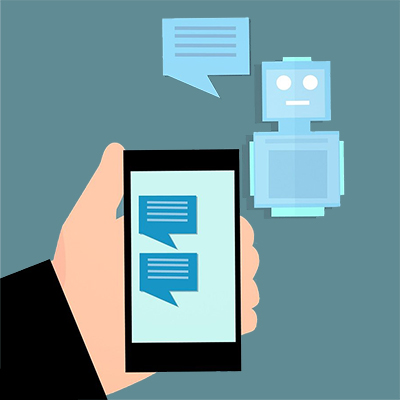A Play on Words
“I am very interested in telehealth. Is telemedicine the same thing?”
“My doctor’s office encourages me to sign up on their patient portal site. Is that what you’re talking about in your blog?”
“Are you also going to talk about telemedicine?”
There were many similar questions following my first post last month. The overwhelming response was positive but a number of folks were still trying to separate out telehealth from other related topics with which they were more familiar. I was just excited that people read it and were interested in the topic! The truth is that at one time I also had the very same question, ‘Is telehealth the same as telemedicine?’ They are similar and the terminology is often used interchangeably. In the simplest terms, telemedicine is a component of telehealth.
Telemedicine is the delivery of healthcare services (clinical diagnosis/services) to the patient via telecommunication technologies. The World Health Organization (WHO) reports that telemedicine can be traced back to the 1800s with the term ‘healing from a distance’. Really??? 1800s???
But when you think about it, the telephone was invented in the 1800s so at that point being able to communicate with your physician over the phone to discuss a healthcare issue would be considered telemedicine.
Telemedicine can include a range of healthcare services, such as annual physicals, dental appointments, counseling, or even physical therapy, all without leaving your home. While these are the clinical services of telemedicine, these amenities also involve some kind of education. ‘Eating better with some exercise everyday can lower your blood pressure.’ Or ‘flossing can decrease your chances of cavities’. This education received during your tele-medical appointment is, in essence, telehealth. It seems you cannot have one with the other.
Have you ever scheduled a doctor’s appointment and they recommend you to fill out the forms on the patient portal? This site is where your patient history, test results, and appointments are monitored. This is a part of your electronic health record (EHR).
(Have you read Ruthanne Romer o’s blog? She discusses the EHR. Go and take a look!) The patient portal would fall under telemedicine because it is associated with your clinical appointments but it also tells the history of the patient and perhaps informs them on steps they can take to ensure a healthy lifestyle. Like telemedicine, these next steps can be elements that fall under telehealth: follow-up from your clinician involving telecommunicated services provided by social workers or webinars by other clinical staff (nurses or pharmacists) that go beyond the doctor-patient relationship.
o’s blog? She discusses the EHR. Go and take a look!) The patient portal would fall under telemedicine because it is associated with your clinical appointments but it also tells the history of the patient and perhaps informs them on steps they can take to ensure a healthy lifestyle. Like telemedicine, these next steps can be elements that fall under telehealth: follow-up from your clinician involving telecommunicated services provided by social workers or webinars by other clinical staff (nurses or pharmacists) that go beyond the doctor-patient relationship.
Essentially, telemedicine has taken over the average doctor’s office visit and expands into the land of telehealth. It is efficient, it saves time and money, and it has only gotten better over the years. Instead of visiting your doctor’s office and experiencing long wait times, healthcare information is accessible 24/7. It is quite convenient.
Did I answer your questions? Are they the same? Telemedicine provides the clinical services and telehealth includes those services but it is extended with the education that is attained through telecommunication technology. They are not the same but they are very much related.







